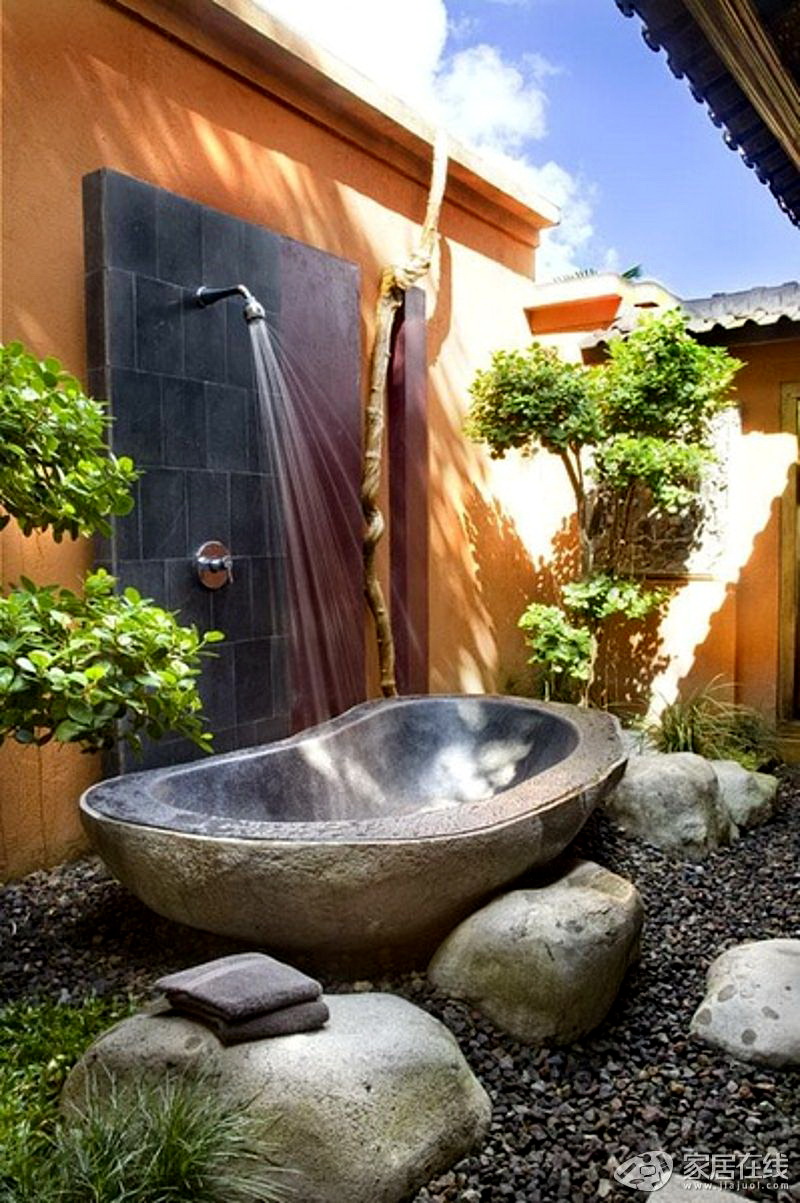Table of Content
Leave the main ferment alone for 12 days and allow it to work its magic on the contents of the stockpot. Chill the steamed rice until it reaches 60° F (16° C). Dump the new batch of steamed rice into the tray. Add a thermometer to the mixture and monitor it until it reaches 60° F (16° C). You've been to all the mixology bars in town, and can say with confidence that liquid nitrogen adds a certain je ne sais quoi to any cocktail.
When dealing with large volumes of rice, steaming is the preferred method of cooking. There are a few reasons for this, but it all boils down to ease of handling. Steaming also volatizes and removes a lot of the fats that are still present on the outside of the rice kernel, resulting in a more delicately flavored sake.
Leave a Comment Cancel reply
When translated into English, Namasake means “Raw Sake.” Before it is packed in a bottle, sake is kept in a large tank. Water is added to the drink to give it a more alcoholic taste and percentage. The traditional bottle size for sake is 720 ml or 1800 ml. On the official website, you can learn how to make sake made by Dassai of Japanese sake, which is gaining popularity.

Depending upon your calendar, you may want to wait a full 7 days, so you can start the main ferment on a weekend; that’s fine. Assuming this is your plan, Day 6.5 will be the night before you steam rice for the first main addition. Sake yeast ferments well at lower temperatures, much like lager yeast, but the seed mash or shubo should ferment at 70° F (21° C) to maximize cell growth.
HOW TO MAKE SAKE?SAKE MAKING PROCESS
The diagram below depicts the entire process of producing sake. Japanese sake lovers follow the traditional steps of sake production. When rice has been soaked in water for an extended period of time, it is steamed for an hour.
Keep the rest of the mixture out at room temperature overnight. After you separate the 360 ml for the freezer, cover the remaining 1,500 ml of the water mixture. Leave it out on your counter overnight at room temperature. These yeast packages are called “smack packs” because you get them started by literally giving them a smack.
The Kimoto Sake-Making Process
The mixture is then left to ferment for 20 days, before being pressed and filtered. The final product is then pasteurized and bottled. In Japan, the traditional fermented alcoholic beverage sake is known as sake. The sake yeast converts starch in rice into sugar, which is then converted into ethanol by a koji mold. The first documented record of sake brewing dates back to the sixth century. Grains used for sake include barley, wheat, and rice.

The more the rice is polished, the cleaner the Sake flavor. The less we polish, the more savory the Sake becomes. However, excessive polishing will remove the unique characteristics of each Sake. The rice of premium Sake like Ginjo and Daiginjo tends to be polished more than other types of Sake.
That said, the process is still relatively complex and time-consuming because you need to source high-quality ingredients. The best sake comes from the best water and rice, so you need to do some prep work ahead of time. Fermenting in acidic conditions suppresses the microbes that spoil sake, but unlike grapes, rice itself contains no acid.

These kits can be found online or at some home brewing stores. You can find yeast at most home brewing stores, or online. With the right ingredients and equipment, you can brew your own delicious sake at home.
For even cooking, don’t try to steam more than two tiers of rice at a time. Pour the sake into bottles and store in a cool, dark place. Another popular method is to use a pressure cooker. This method produces a higher-quality sake, but it requires more equipment and time.
After the sake has cooled, pour it into a sanitized container and store it for later. After cooling sake, it is safe to store it in a sealed container. To make sake, start by mixing water, lactic acid, yeast nutrient, and salt. Next, steam rice in a steamer basket for 1 hour before allowing it to cool to 70°F.
Get the scoop on grape ales and how Italian brewers helped pioneer the style. A koji-making kit can be used to culture your own koji-kin. This is a great way to ensure that you’re using a high-quality koji-kin. When stored properly, sake will keep for up to 6 months. His original book, Sake is a bit harder to find, but outlines the yamahai moto method in glorious detail. With its foamy head, the Clover Club cocktail is one of the most recognisable drinks.
Watch the thermometer carefully, and when it reaches 140 ºF (60 °C), remove the sake from the water bath, take out the thermometer, and cap the sake tightly. Allow the pasteurized sake to cool completely before refrigerating. To use bentonite, start with 8 fluid ounces of very hot water and slowly whisk in 1.5 teaspoons of granular bentonite. Once it has become a smooth slurry, divide it evenly between your containers of hazy sake, cap, and gently shake to distribute. In about three days, all of the bentonite will have settled out, taking almost all of the haze particles with it.
Making Sake
This smooth, rich product is easy to find and tastes delicious. Is also a healthy beverage because of its low calorie content and zero sugar content. In the Moromi , the enzymes in Koji convert starch in steamed rice to glucose while yeast converts glucose to alcohol and carbon hydrate simultaneously in a single tank.


No comments:
Post a Comment